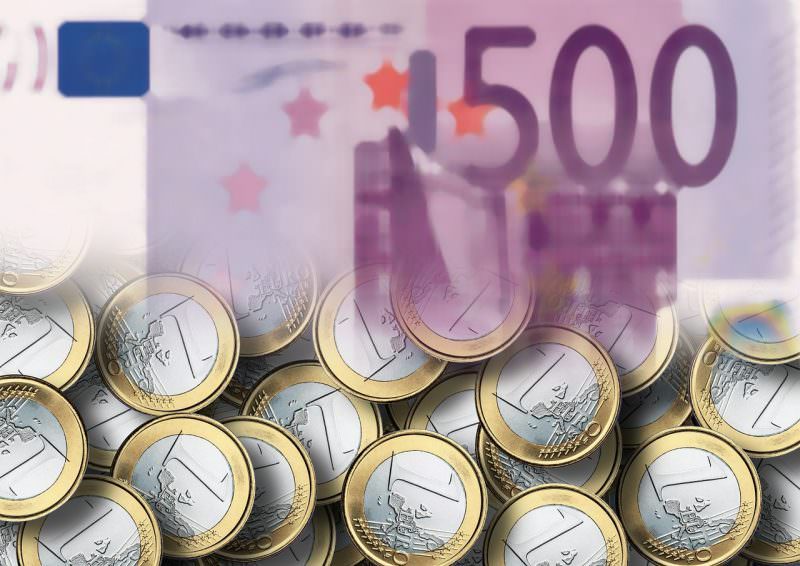Integrating Macroeconomic Price Parameters into Analysis
December 29, 2020

What is meant by macroeconomic price parameters in Technical Analysis
In this case, we're talking about macroeconomic price parameters. When using this expression, we're referring to those indices that show the variability of prices at a given moment. Prices, obviously, of the real economy, therefore of goods and services (not market assets).
In short, we're talking about inflation and its related measures. It's no coincidence that they are among the market movers most taken into consideration. In fact, they can really serve as a reference point for traders, they can really offer clues about the near future of the market. Their influence is such that it surpasses other macroeconomic indicators that seem more important, such as Gross Domestic Product or industrial production.
This is also because their influence is both indirect and direct. In a nutshell, the dynamics with which they impact markets, primarily Forex, depend on technical factors and symbolic factors, if not even psychological ones.
The parameters in question have an impact because a change in them corresponds to a change in the monetary structure (generally), but also because they modify the perception that traders have of certain assets.
The issue is both simple and complex at the same time, and the best way to deal with it is to treat the parameters individually... Starting with the most important one.
The Consumer Price Index
The Consumer Price Index is what is notoriously called "inflation". It is simply the variation in prices recorded at retail sales. Obviously, not all prices are taken into account, but only those belonging to a specific basket, which acts as a sample. The basket is updated often, so as to be truly useful for survey purposes.
Why is inflation important? There are many reasons. First and foremost, it affects the individual's spending power. Galloping inflation impoverishes consumers. However, it also has a marked importance for economic equilibrium. Inflation that is too high depresses consumption, but so does inflation that is too low, or even negative. In this case, consumers tend to delay purchases, while producers tend to compress wages to compensate for losses, setting in motion a vicious circle.
But inflation also has a profound impact from the trader's point of view. The issue revolves around the role of central banks. Their purpose is to keep inflation at a balanced level, which is around 2% per year. To modify inflation, they act on interest rates. In essence, they raise interest rates when inflation is too high; they lower interest rates when inflation is low.
However, interest rates have a dramatic impact on the relationships between currencies, as they alter the balances between them, increasing and restricting the money supply. Hence, the impact of inflation on trading, and in particular on Forex.
For example, when inflation turns out to be worse than expected, analysts expect a decrease in interest rates, and consequently a contraction in the value of the currency.
However, the impact of inflation also plays out on particular tracks, those of perception. The influence, in this case, is direct. Very simply, inflation is an expression of the strength of a country and, consequently, of its currency. If inflation is too low, the country is perceived as being in an economic crisis; if inflation is too high, the country and therefore its currency are perceived as unstable.
The Producer Price Index and the Import Price Index
Inflation is not the only thing that exists. Other price parameters must also be taken into consideration, although less well-known. The reference is in particular to the Producer Price Index and the Import Price Index.
Why are they important? From the trading point of view, they perform a predictive function for what is the most important parameter, namely inflation.
In essence, by studying the Producer Price Index and the Import Price Index it is possible to draw clues about the next inflation figure.
The reason is simple, and has to do with the very nature of the two indices. In fact, they can be considered as inflation measured... At different times.
Not at the time of retail sale, as for classic inflation, but at two previous moments: respectively when goods pass from the producer to the consumer, and when goods are imported.
In the first case, standard inflation stems from "production" inflation; in the second case it is influenced by the share of "imported" inflation.

